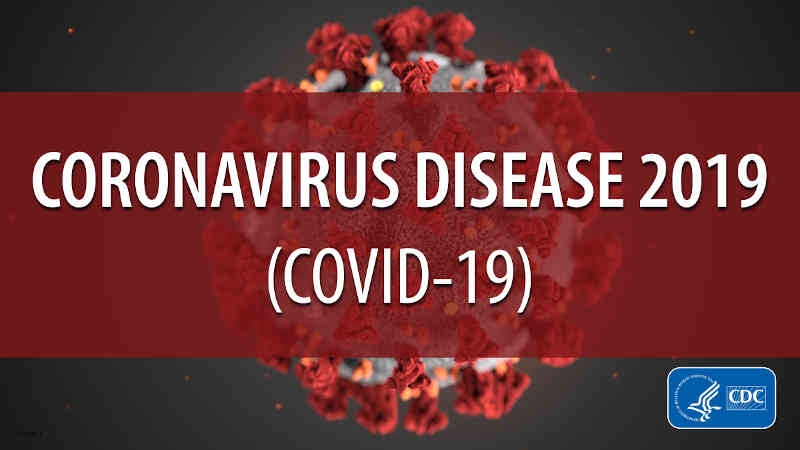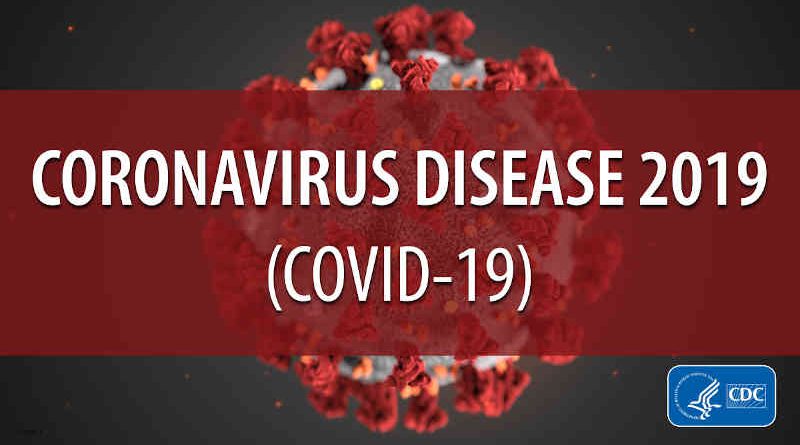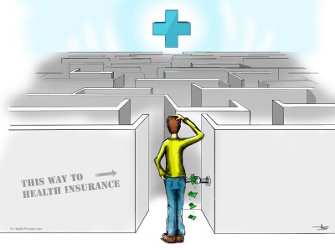Covid Guidelines Issued for Workers in Essential Services

The Centers for Disease Control and Prevention (CDC) and the U.S. Department of Homeland Security (DHS) have together determined that government entities working in support of the COVID-19 response efforts are providing essential services and the current guidelines for critical infrastructure workers apply.
To ensure continuity of operations of essential functions, CDC advises that critical infrastructure workers may be permitted to continue work following potential exposure to COVID-19, provided they remain asymptomatic and additional precautions are implemented to protect them and the community.
A potential exposure means being a household contact or having close contact within 6 feet of an individual with confirmed or suspected COVID-19. The timeframe for having contact with an individual includes the period of time of 48 hours before the individual became symptomatic.
| Download All Issues of Covid Health Bulletin | |
| April 16-30, 2020 | May 1-15, 2020 |
Critical Infrastructure workers who have had an exposure but remain asymptomatic should adhere to the following practices prior to and during their work shift:
Pre-Screen: Employers should measure the employee’s temperature and assess symptoms prior to them starting work. Ideally, temperature checks should happen before the individual enters the facility.
Regular Monitoring: As long as the employee doesn’t have a temperature or symptoms, they should self-monitor under the supervision of their employer’s occupational health program.
Wear a Mask: The employee should wear a face mask at all times while in the workplace for 14 days after last exposure. Employers can issue facemasks or can approve employees’ supplied cloth face coverings in the event of shortages.
Social Distance: The employee should maintain 6 feet and practice social distancing as work duties permit in the workplace.
Disinfect and Clean Work Spaces: Clean and disinfect all areas such as offices, bathrooms, common areas, shared electronic equipment routinely.
If the employee becomes sick during the day, they should be sent home immediately. Surfaces in their workspace should be cleaned and disinfected. Information on persons who had contact with the ill employee during the time the employee had symptoms and 2 days prior to symptoms should be compiled. Others at the facility with close contact within 6 feet of the employee during this time would be considered exposed.
💛 Support Independent Journalism
If you find RMN News useful, please consider supporting us.




